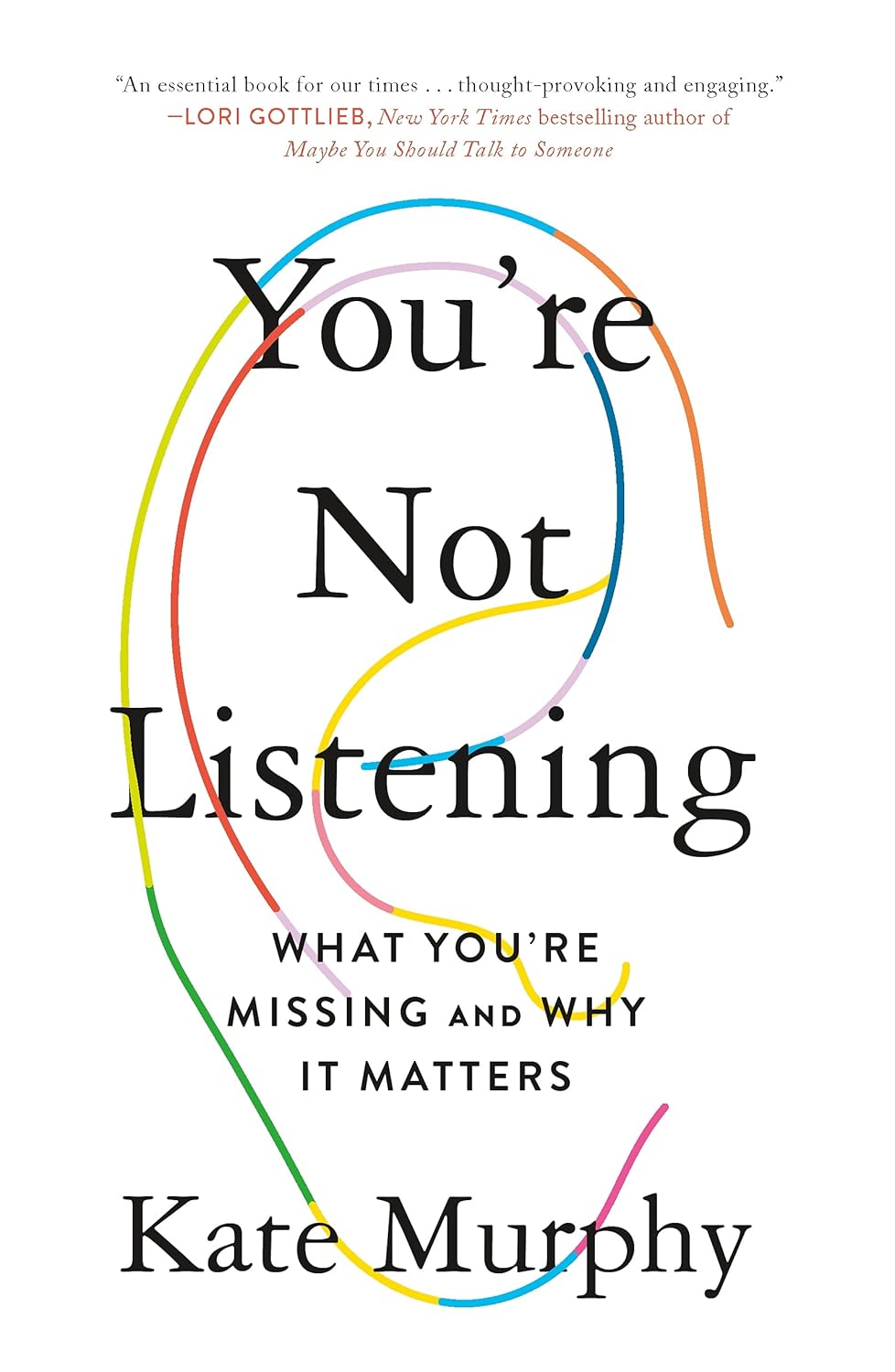Thanks to bans and fees, there are fewer plastic bags littering beaches
It turns out eliminating the “paper or plastic” question through plastic bag regulation is effectively reducing the number of bags found in shoreline litter across the United States. A new analysis of shoreline cleanup data finds that areas with plastic bag bans or consumer fees have fewer bags turning up in their litter. The research offers some of the strongest evidence yet that regulating plastic bag use makes a difference in reducing the amount of plastic waste in marine ecosystems. A heightened threat to marine wildlife “We find, largely, that all the regulations do show a decrease in plastic bag litter as a share of total litter on these shores,” says Kimberly Oremus, co-author of the research paper and an assistant professor of marine science and policy at the University of Delaware. The total reduction ranged between 25% and 47%, the study found. About 20 metric tons of plastic end up in the environment each year, estimates the International Union for Conservation of Nature—that amounts to over 2.4 kilograms of plastic for each person on Earth. Plastic bags are particularly prevalent in marine ecosystems. They are very difficult to recycle and, because they are lightweight and have a large surface area for wind to catch, they blow out of the trash and into the environment at higher rates than other plastic items, says Erin Murphy, the ocean plastics science and research manager at the environmental advocacy nonprofit Ocean Conservancy, who was not involved in the research. She added that in 2024 alone, the conservancy’s International Coastal Cleanup volunteers gathered up more than a million plastic bags. In addition to getting into the environment at high rates, plastic bags also pose a heightened threat to marine wildlife. Wildlife can become entangled in or smothered by these bags or can mistake them for food, like jellyfish, a favorite among many species. These interactions with plastic can lead to the deaths of endangered and common animals alike and can even contribute to broader population declines. Counting the plastic bags “One big challenge in studying the effects and regulations of plastics is actually measuring this pollutant in the environment,” says Anna Papp, co-author of the research paper. To overcome this challenge, the study used crowd-funded data from beach cleanups. The data was collected by the Ocean Conservancy as part of their Trash Information and Data for Education and Solutions (TIDES) project. Nearly 19 million people have participated in the data collection worldwide. The study also examined plastic bag policies at various geographical scales between 2017 and 2023. The earliest plastic bag policies in the U.S. were implemented around 2007, researchers say, but an uptick in the mid-2010s more directly led to the policies analyzed in the study. While the data provides insight into how the share of plastic bags found among shoreline litter has changed due to policy measures, an important caveat remains: Plastic litter has been increasing overall. Plastic production doubled from 234 million to 460 million tons between 2000 and 2019—and without mitigation, it is only expected to rise, according to a recent report from the French-based Organisation for Economic Co-operation and Development (OECD). Some regulations are better than others Still, the researchers noted that not all regulations worked equally well. Total bans and consumer fees resulted in greater decreases than partial bans, which still allow businesses to use thicker, potentially reusable plastic bags. The researchers also found that regulation was most effective in places that had a high baseline of plastic bag litter before the bans or fees went into place. The study data seems to indicate that consumer fees were the most effective option for mitigating plastic bag litter, though the paper’s authors say more research is needed to confirm this finding. “These policies are effective, but they’re not a panacea for all plastic litter,” Oremus said. “Anyone who’s looking at regulations for plastic broadly needs to think beyond just the consumption side of plastic.”

It turns out eliminating the “paper or plastic” question through plastic bag regulation is effectively reducing the number of bags found in shoreline litter across the United States.
A new analysis of shoreline cleanup data finds that areas with plastic bag bans or consumer fees have fewer bags turning up in their litter. The research offers some of the strongest evidence yet that regulating plastic bag use makes a difference in reducing the amount of plastic waste in marine ecosystems.
A heightened threat to marine wildlife
“We find, largely, that all the regulations do show a decrease in plastic bag litter as a share of total litter on these shores,” says Kimberly Oremus, co-author of the research paper and an assistant professor of marine science and policy at the University of Delaware. The total reduction ranged between 25% and 47%, the study found.
About 20 metric tons of plastic end up in the environment each year, estimates the International Union for Conservation of Nature—that amounts to over 2.4 kilograms of plastic for each person on Earth.
Plastic bags are particularly prevalent in marine ecosystems. They are very difficult to recycle and, because they are lightweight and have a large surface area for wind to catch, they blow out of the trash and into the environment at higher rates than other plastic items, says Erin Murphy, the ocean plastics science and research manager at the environmental advocacy nonprofit Ocean Conservancy, who was not involved in the research. She added that in 2024 alone, the conservancy’s International Coastal Cleanup volunteers gathered up more than a million plastic bags.
In addition to getting into the environment at high rates, plastic bags also pose a heightened threat to marine wildlife. Wildlife can become entangled in or smothered by these bags or can mistake them for food, like jellyfish, a favorite among many species. These interactions with plastic can lead to the deaths of endangered and common animals alike and can even contribute to broader population declines.
Counting the plastic bags
“One big challenge in studying the effects and regulations of plastics is actually measuring this pollutant in the environment,” says Anna Papp, co-author of the research paper.
To overcome this challenge, the study used crowd-funded data from beach cleanups. The data was collected by the Ocean Conservancy as part of their Trash Information and Data for Education and Solutions (TIDES) project. Nearly 19 million people have participated in the data collection worldwide.
The study also examined plastic bag policies at various geographical scales between 2017 and 2023. The earliest plastic bag policies in the U.S. were implemented around 2007, researchers say, but an uptick in the mid-2010s more directly led to the policies analyzed in the study.
While the data provides insight into how the share of plastic bags found among shoreline litter has changed due to policy measures, an important caveat remains: Plastic litter has been increasing overall. Plastic production doubled from 234 million to 460 million tons between 2000 and 2019—and without mitigation, it is only expected to rise, according to a recent report from the French-based Organisation for Economic Co-operation and Development (OECD).
Some regulations are better than others
Still, the researchers noted that not all regulations worked equally well. Total bans and consumer fees resulted in greater decreases than partial bans, which still allow businesses to use thicker, potentially reusable plastic bags. The researchers also found that regulation was most effective in places that had a high baseline of plastic bag litter before the bans or fees went into place.
The study data seems to indicate that consumer fees were the most effective option for mitigating plastic bag litter, though the paper’s authors say more research is needed to confirm this finding.
“These policies are effective, but they’re not a panacea for all plastic litter,” Oremus said. “Anyone who’s looking at regulations for plastic broadly needs to think beyond just the consumption side of plastic.”































































![https //g.co/recover for help [1-866-719-1006]](https://newsquo.com/uploads/images/202506/image_430x256_684949454da3e.jpg)


























![How Smart PMs Scale Their Careers in Any Org [TPG Live Recap]](https://tpgblog.com/wp-content/uploads/2025/06/2025-06-12-thumbnail-action.png?#)




















































